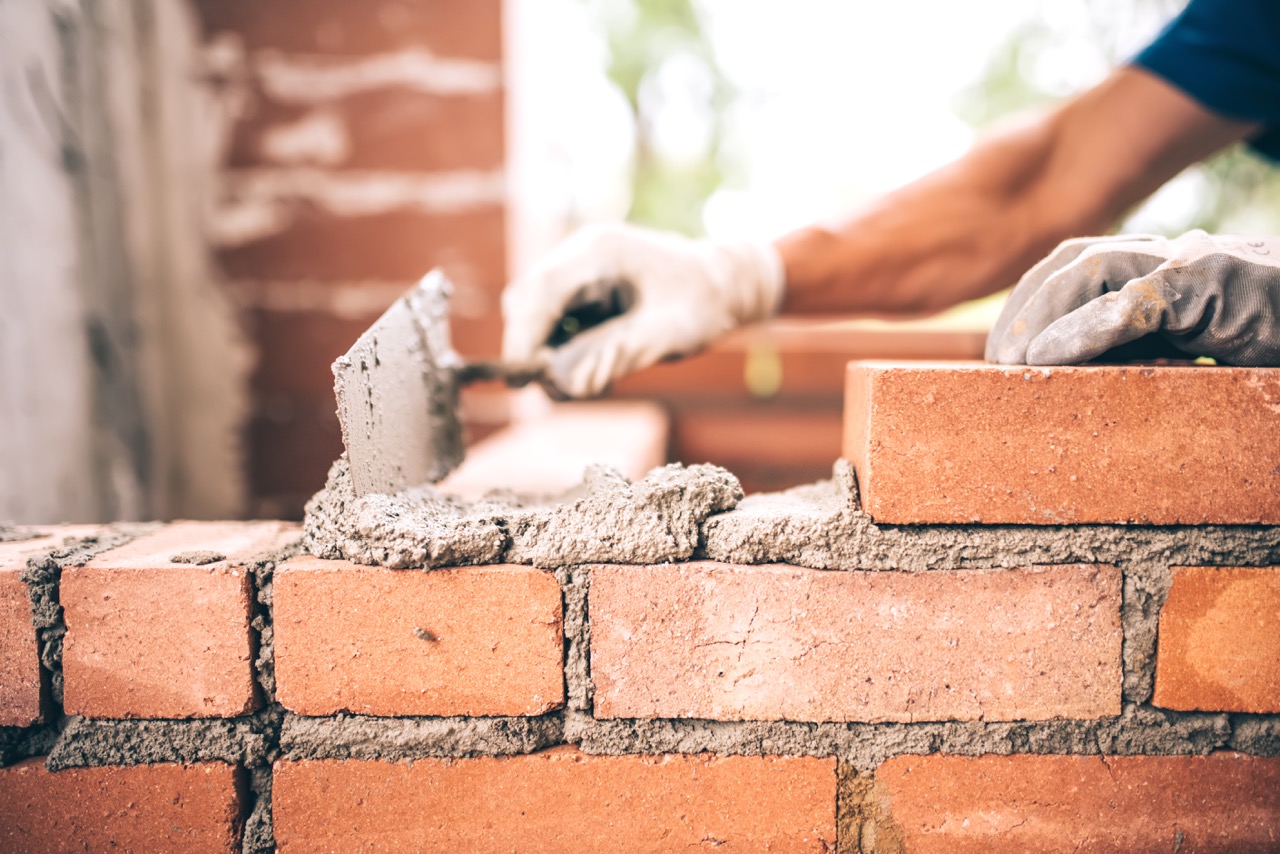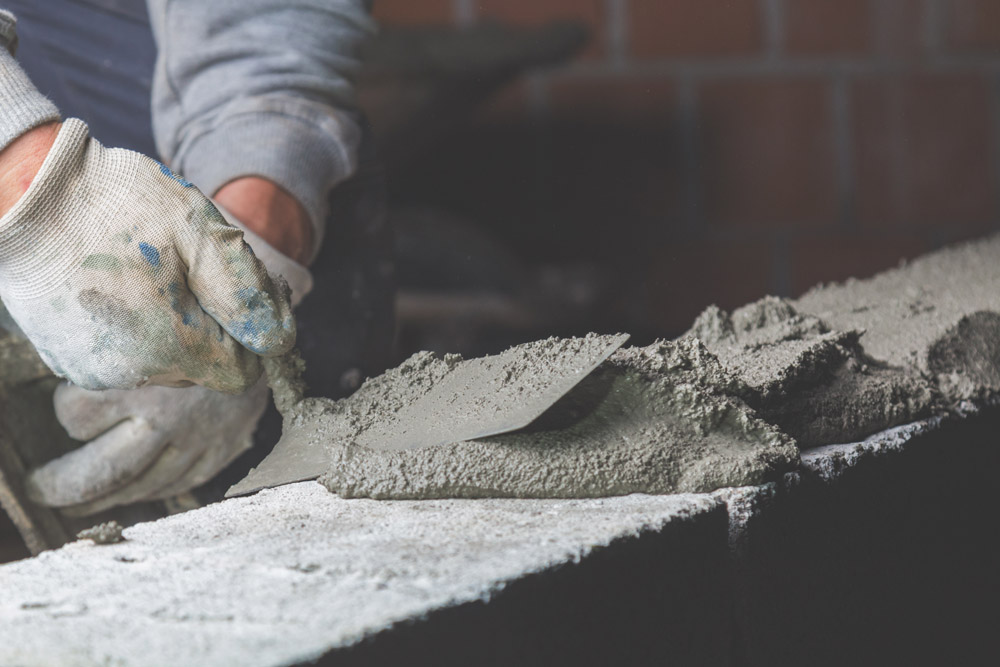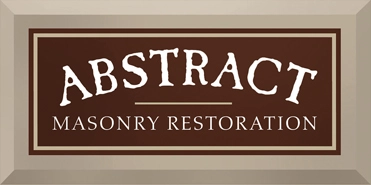For as long as mankind has been interested in creating something monumental, we have been attracted to megalithic superstructures. From the Nazca Lines to Stonehenge, and the Titanic to Mount Rushmore, the aim has been twofold: firstly, to create something that would be regarded as the greatest exhibition of expertise and cooperation of the age; secondly, to prove the extent of one’s devotion to an ideal, like that of progress, democracy, or religion.
Perfection Takes Time
The odd thing one realizes when learning about historic masonry is that in many cases the structure is already a relic by the time that it is finished. This isn’t to say that the dream that brought about its creation is obsolete, but the materials are themselves literally historic. Even for buildings that took a relatively short time to create, like Utah’s own LDS Temple that is currently under restoration in Salt Lake City, the project had already been inherited by more than one generation of builders and overseers during its 40-year construction.
The fact is that when the goal is for a building or monument to last forever, the time it takes to complete the structure is all relative. Let’s take a look at a few of the most famous edifices, both ancient and modern, to see just how long it takes to build eternity. Some of these buildings are currently under restoration, others have yet to be finished, and still, others await the proper time and money to get restored.
- The Great Pyramid of Giza
-
-
- Construction Time: 20 Years, with a force of over 20,000 working every day.
- Completed: 2560 BC
- Adjusted Cost of Construction: $1.2 billion
-
- The Great Wall of China (Ming Dynasty)
-
-
- Construction Time: 200 Years
- Completed: 1600s AD
- Adjusted Cost of Construction: $42 billion
-
- The Leaning Tower of Pisa
-
-
- Construction Time: 199 Years
- Completed: 1372 AD
- Adjusted Cost of Construction: $4.1 million
-
- Hagia Sophia
-
-
- Construction Time: Nearly 6 Years (for the dome)
- Completed 537 AD for the Christian temple; 1453 AD for the mosque
- Adjusted Cost of Construction: $400+ million
-
- La Sagrada Familia
-
- Construction Time: 139 Years and counting
- Completed: —
- Adjusted Cost of Construction: $441+ million
It’s worth it to remember that in the case of building these timeless monuments, the construction time is merely how long it took to make something, from the first time someone picked up a measuring tape to measure the ground, to the moment the last person laid down their hammer. Some projects take longer than others simply because it takes so long to get out of the planning stage. Consider the World War II monument in Washington D.C.; first proposed in 1987, it didn’t start construction until 2001 and wasn’t finished until 2004.
Historic Masonry Restored
Building restoration is a delicate business, any way you look at it. From the committees established to oversee the work, to choosing the team who will undertake it, to securing the finances required all takes planning, patience, and expertise. For this reason, not every major structure is put on the list for a full restoration. There is also the conundrum of Theseus’s Paradox to ponder: if an artifact has every portion replaced, is it still fundamentally the same object? At Abstract Masonry, we know that by the time we’ve arrived on site for a job, each of these cares have been exhaustively considered, and we must have respect for that.
Still, there have been numerous historic building restoration projects undertaken and finished — some taking over a decade to complete. In Egypt, the oldest pyramid ever built, the Pyramid of Djoser was reopened to the public in 2020 after a 14-year restoration, costing nearly $7 million dollars. The Great Sphinx, another Egyptian monument, underwent restoration over the course of 10 years (1989 – 1998) and cost nearly $3 million dollars.
Today, perhaps the most important and high-profile building restoration project underway is the grand Notre Dame cathedral in Paris, which suffered a devastating fire in April of 2019. With much of the roof and spires destroyed, work was immediately begun to restore this jewel of the city back to the Parisians. Currently, there is no definitive timeline as to when construction will conclude, but costs have been estimated at more than $1 billion dollars.







